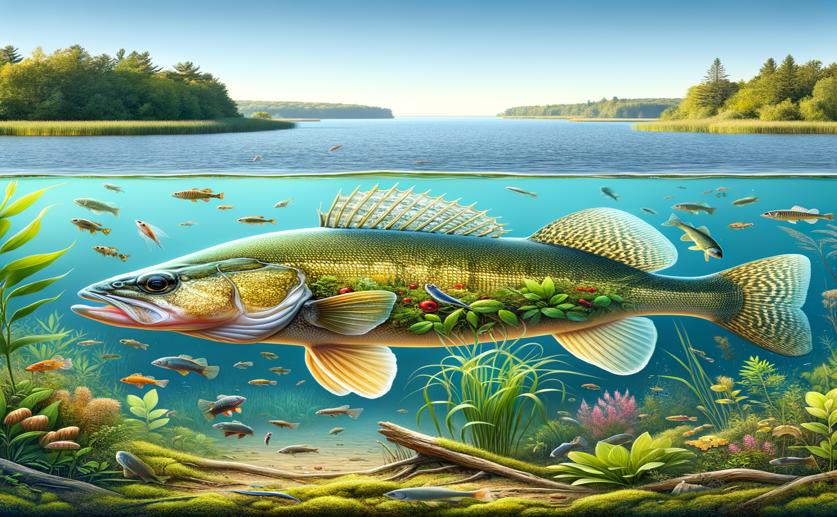
Why Lake-Wetland Areas Are Crucial for a Strong Walleye Fish Population
Jenn Hoskins
6th June, 2024

Image Source: Natural Science News, 2024
Key Findings
- The study, conducted at Lake Kampeska, South Dakota, found that wetlands had a more diverse and abundant prey fish community compared to the lake
- Walleye in the wetland consumed more prey by weight in all seasons except spring, leading to better overall condition and diet
- Wetland reconnection is crucial for maintaining fish health and resilience, providing seasonal habitat needs and supporting diverse prey resources
EnvironmentEcologyMarine Biology
References
Main Study
1) Importance of a Lake-Wetland Complex for a Resilient Walleye Fishery
Published 5th June, 2024
https://doi.org/10.1007/s13157-024-01815-6
Related Studies
2) Resilience to climate change in coastal marine ecosystems.
3) Prey diversity, prey composition, and predator population dynamics in experimental microcosms.
4) Prey diversity as a driver of resource partitioning between river-dwelling fish species.



 13th May, 2024 | Jenn Hoskins
13th May, 2024 | Jenn Hoskins